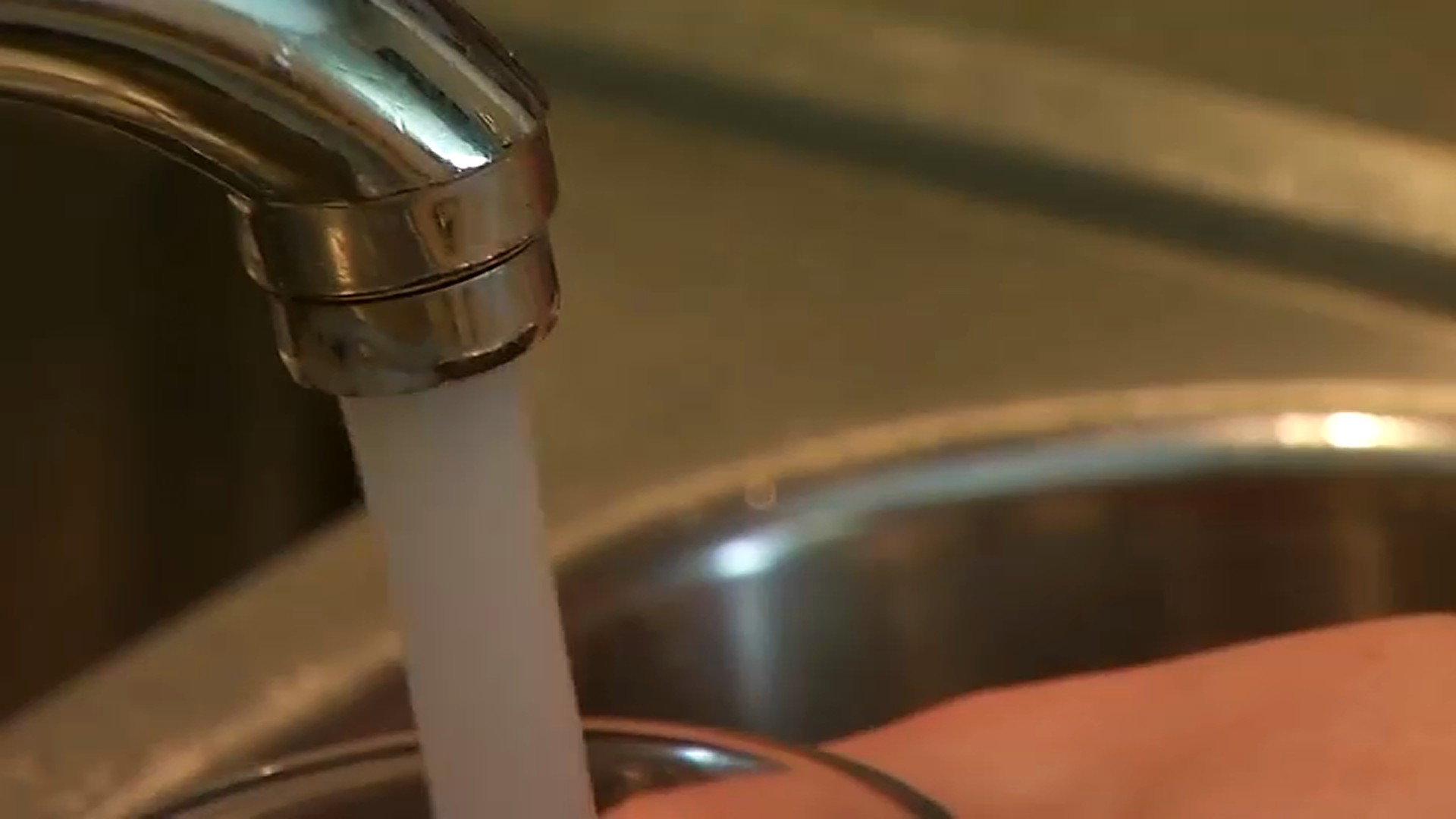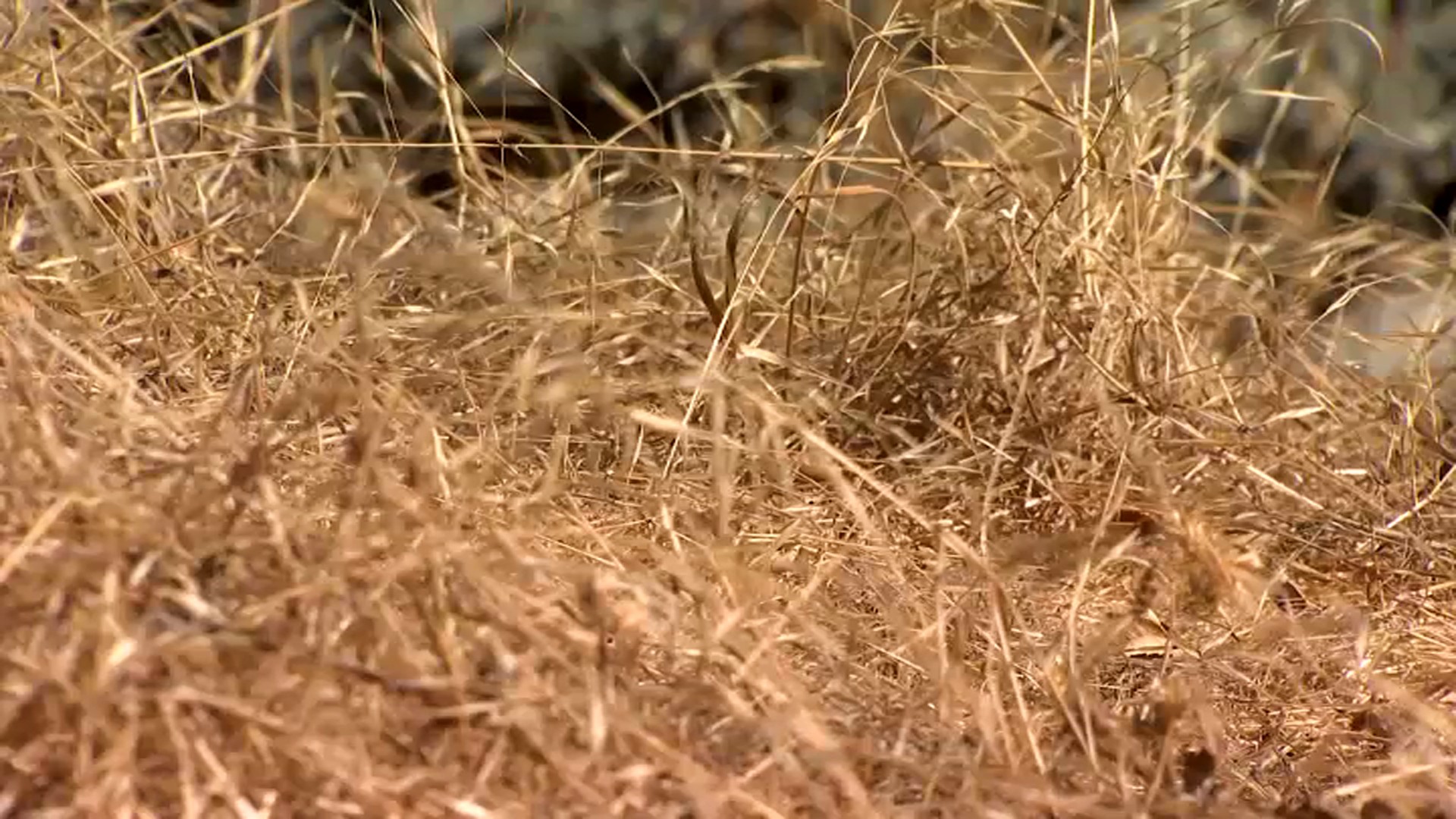
Sonoma County held a drought town hall on Thursday which touched on all aspects of water-- and the lack of it-- in the county and state and how it will affect residents, fire risk, and the future.
Sonoma County Supervisor Chris Coursey led the discussion, which involved representatives from the county, nonprofits, Sonoma Water and the National Weather Service.
First up was an overview of where the county stands water-wise. On the state's categories of drought severity, Sonoma County stands in the "middle," according to Coursey, who said it is experiencing "severe" drought. The first seven months of this year have been the driest in 128 years, Coursey said, with rainfall 20 inches below normal.
The main water storage reservoir for the county is currently at 48 percent of capacity and will go lower as the drought continues.
Coursey did have what he described as good news. Residents have reduced their water use by 22 percent this summer and a record-setting storm last October helped fill the stores. Nevertheless, diversions from the Russian River have had to be increased and continued conservation is key.
"Water saved now is water we can use later," said Coursey.
Easy ways to conserve water are to make sure dish and clothes washers are full before running loads. Buckets and other water-gathering implements can be used under faucets when turning on water in the kitchen or bath, to collect water as it slowly heats up in the line for use in your sink or shower. This water can be used on plants in the yard, for example.
Meteorologist Brooke Bingaman from the National Weather Service gave a forecast for the coming months, predicting that the drought will continue at least through November.
One resident asked the big question, "What if we run out of water?"
Get a weekly recap of the latest San Francisco Bay Area housing news. Sign up for NBC Bay Area’s Housing Deconstructed newsletter.
Coursey replied that looking at the "doomsday scenario" might be a good exercise, but it's "not the reality."
"Every county is required by state law to update their water plan every five years and look at the availability of water over a 30 year period," he said. "Every county is required to have a water shortage contingency plan. It's not a zero-water plan, it's a water shortage plan."
Marcus Trotta from Sonoma Water concurred, saying that they take the issue "very seriously" and are required to keep a close monitoring of water amounts during droughts and plan accordingly.
The Sonoma County Drought Task Force also looks at water shortages or threats of shortages and creates contingency plans, according to Jeff DuVall from Sonoma County Emergency Management.
Residents can also use "people-powered" ways to save water by collecting rainwater, according to Connor DeVane from the nonprofit Daily Acts. He said it's a misconception that it is illegal to harvest rainwater, provided the amounts are kept under a certain threshold. The organization's website, dailyacts.org, provides information about how to collect rainwater and maximize rainfall in yards and landscaping. They also offer webinars on the subject.




